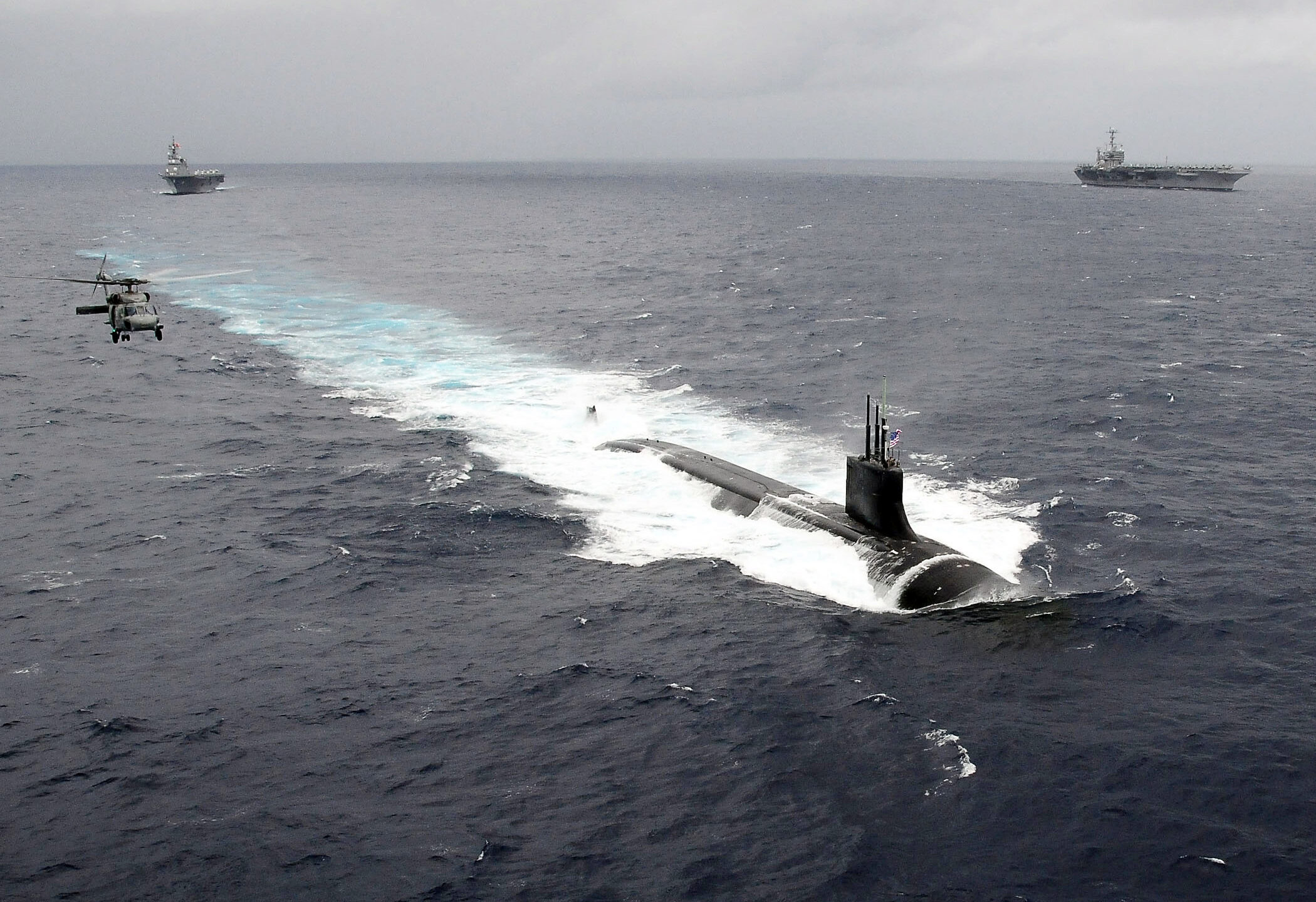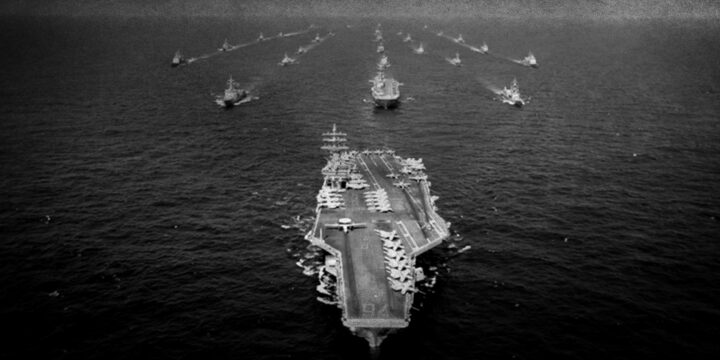
In 1989, two years after resigning as Secretary of the Navy, John Lehman penned a review of British historian John Keegan’s latest book for The Washington Post. Keegan had established a name for himself in military history with his first two efforts, The Face of Battle and The Mask of Command. All his works—including the subject of Lehman’s review, The Price of Admiralty—followed a similar structure. Keegan would take three or four battles from different time periods, provide a detailed overview of each with specific emphasis on what it would be like for ground-level participants in the conflict, and then offer summary thoughts in a final chapter. For the most part, Lehman praised the book, with one blunt caveat: “The lessons-learned chapter is really hogwash. But actually the nonsense only takes up 10 pages, and the other 282 are so good that forgiveness comes easily.”1
What had Keegan written that so offended the architect of President Ronald Reagan’s 600-ship navy? Keegan argued that of the two dominant naval platforms to emerge from World War II—the aircraft carrier and the submarine—the future belonged to the latter. While the carrier had undoubtedly been the pinnacle of naval power up to that point, conditions would become increasingly hazardous for surface forces moving forward. As Keegan writes in the concluding chapter, “An Empty Ocean”:
The aircraft carrier, whatever realistic scenario or action is drawn . . . will be exposed to a wider range of threats than the submarine must face. In a shoreward context, it risks attack not only by carrier-borne but also by land-based aircraft, land-based missiles, and the submarine itself.
Read article in U.S. Naval Institute
Author

Mike
Sweeney
Non-Resident Fellow
More on Asia

Featuring Jennifer Kavanagh
March 10, 2025

Featuring Jennifer Kavanagh
February 26, 2025

By Jennifer Kavanagh and Stephen Wertheim
February 25, 2025





